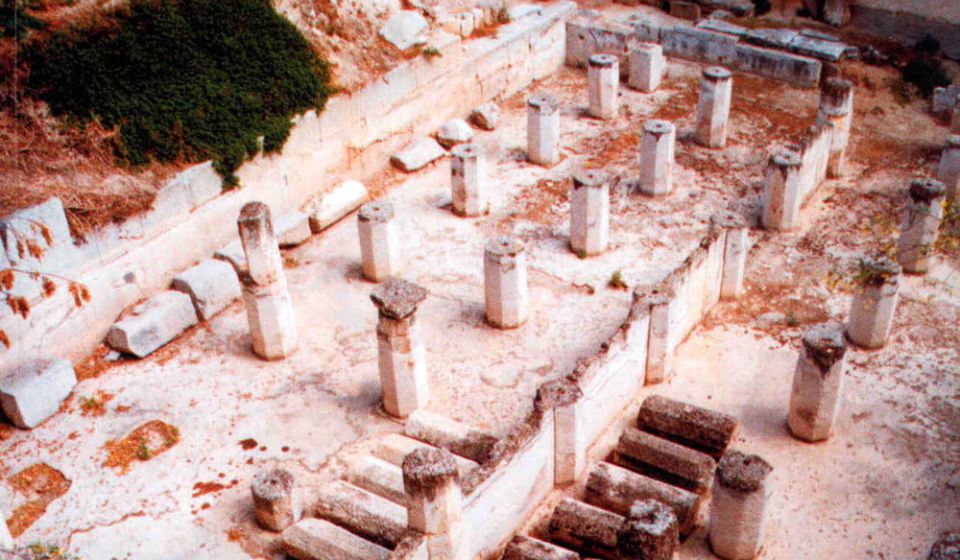His son Nissus was the governor of Megara. The mythological tradition of Megara mentions the existence of kings who ruled the city and belonged to ancient peoples, such as the Leleges and the Cares. Pausanias mentions in his tour that, before the occupation by the Dorians (about 1000 BC), Megara belonged to the mighty city of Athens and that they had Ionic customs. This point of view is strengthened, among other things, by the characteristics of the Ionian dialect, which the Megarian dialect had.
Ancient History
After the descent of the Dorians, new populations of Doric origin settled in the area of Megara, displacing the older population of Ionians and Boeotians who had settled in the area earlier.
In the following years, the Megarians came into conflict with their neighbors, first with the Corinthians, in the 8th century BC and later with the Athenians in the 6th century BC, the Megarian Orsippus, athlete and winner in the stadium at Olympia in 720 BC, after his victory as a military leader of the Megarians, restored the city to its old borders, after removing from the Corinthians the lands that the latter had occupied in the Megarian Earth. Later, the island of Salamis became the subject of a dispute between the Megarians and the Athenians.
A stop on the city’s route is the tyrannicide of Theageni, which is related to public works in the city and primarily with the so-called “Fountain of Theageni” traces of which can be found in the modern historical center of Megara. The Megarei founded important colonies: Megara Yvlaia in 729 BC. and Selinundas in 629 BC.
Byzas, son of King Nisus, according to one tradition, was a well-known Megarea of antiquity. Byzas led the Megara settlers to the Bosphorus region. There the Megarians founded a new town to which they gave the name of its founder: Byzantium, which developed into one of the most important cities in the history of humanity.
The father of comedy considered Megarea Sousarion, from the Count of Megara Tripodisco. Susarion was the first to give metrical form to the iambics, from which the old phallic comedies emanated. He created a tradition since during the time of Peisistratus in Athens, the famous comedians were the Megarians Maison and Myllos.
At the same time, a Megarean from Chalcedon, Phaleas, proposed a theory that hardly differs from the socialist one. The doctor Herodikos, the teacher of Hippocrates, was also a Megarian by origin, who was thoughted to be an authority on fractures and healing, which he combined with gymnastics. Throughout antiquity, the city highlighted philosophers, poets, historians, artists, and athletes (six Olympians).


